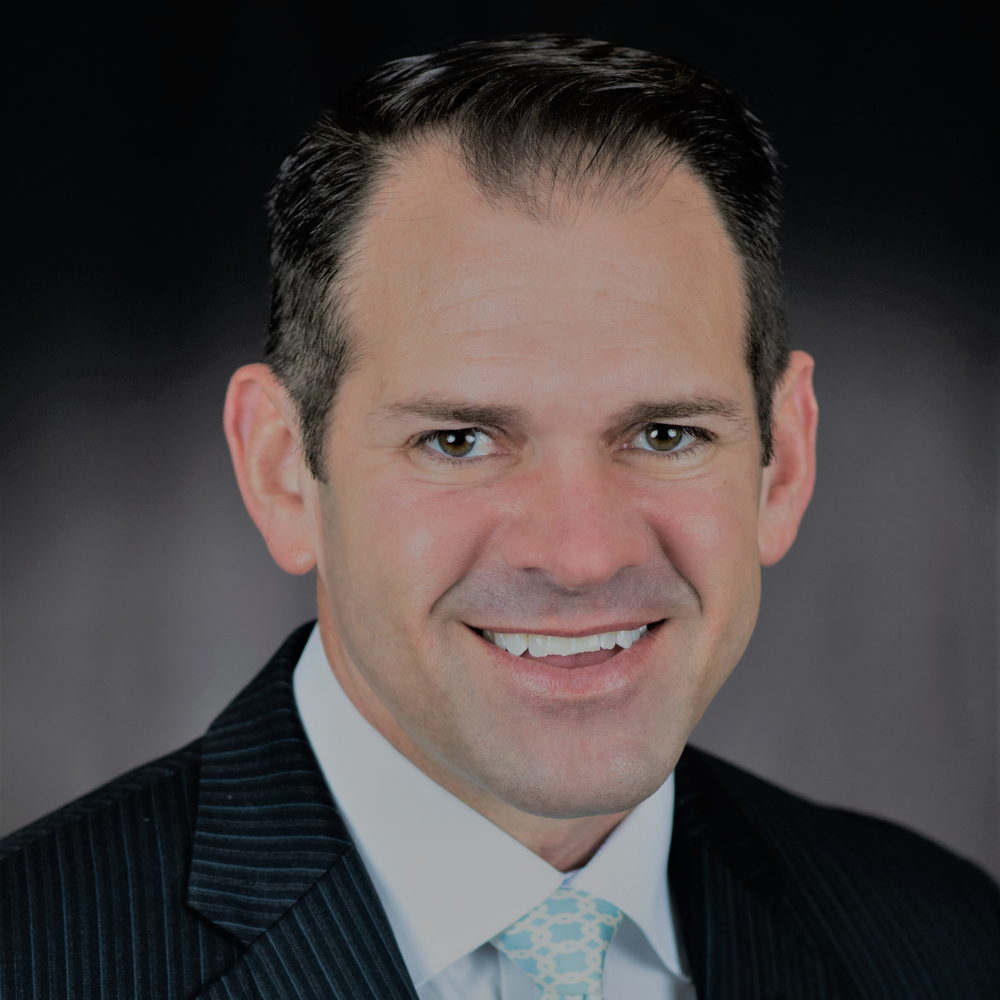The Top 5 Treatments for Ventricular Tachycardia by Dr. Ian Weisberg

Ventricular tachycardia (VT) is a serious heart condition in which the lower chambers of the heart (ventricles) beat too quickly. If left untreated, VT can lead to life-threatening complications, including cardiac arrest. Dr Ian Weisberg, a leading cardiologist, emphasizes that early detection and appropriate treatment are key to managing this condition effectively. Below are the top five treatments for VT that can help restore normal heart rhythm and prevent future episodes.
1. Antiarrhythmic Medications
Medications are often the first line of defense against VT. These drugs work by stabilizing the heart’s electrical signals and preventing abnormal impulses. Commonly used antiarrhythmic medications include:
•Amiodarone – Effective for both acute and long-term control of VT.
•Lidocaine – Used in emergency settings to slow down rapid heartbeats.
•Beta-blockers – Reduce the effects of adrenaline on the heart, decreasing the likelihood of VT episodes.
While medications can be effective, they must be carefully managed due to potential side effects, including dizziness, fatigue, and liver or lung toxicity Dr Ian Weisberg.
2. Catheter Ablation
For patients with recurrent VT, catheter ablation is a minimally invasive procedure that targets and destroys the abnormal electrical pathways responsible for the arrhythmia. During the procedure:
•A catheter is inserted into a blood vessel and guided to the heart.
•Radiofrequency energy or cryotherapy is used to eliminate the problematic tissue.
•The goal is to restore a normal heart rhythm and prevent further episodes.
Catheter ablation is highly effective, especially for patients whose VT originates from a specific focus in the heart.
3. Implantable Cardioverter-Defibrillator (ICD)
An ICD is a small device implanted under the skin that continuously monitors heart rhythms and delivers a life-saving shock if a dangerous arrhythmia occurs. It is recommended for:
•Patients with a history of life-threatening VT.
•Individuals at high risk for sudden cardiac arrest.
•Those with weakened heart function due to conditions like cardiomyopathy.
ICDs have been proven to significantly improve survival rates in VT patients.
4. Lifestyle and Risk Factor Management
Preventing VT episodes involves addressing underlying health conditions and lifestyle factors that contribute to arrhythmias. Dr. Weisberg recommends:
•Managing high blood pressure and heart disease with proper medications and diet.
•Reducing stress through mindfulness, meditation, and relaxation techniques.
•Limiting stimulants like caffeine and alcohol, which can trigger VT.
A heart-healthy lifestyle can complement medical treatments and reduce the frequency of VT episodes.
5. Cardiac Surgery (When Necessary)
For severe or drug-resistant cases, surgical intervention may be required. Options include:
•Coronary artery bypass grafting (CABG): If VT is linked to coronary artery disease.
•Left cardiac sympathetic denervation (LCSD): A procedure that reduces the risk of life-threatening arrhythmias in certain high-risk patients.
Surgery is typically reserved for patients who have not responded to other treatments.
Final Thoughts
Ventricular tachycardia is a serious condition that requires prompt and appropriate treatment. Dr Ian Weisberg emphasizes that a combination of medications, medical procedures, and lifestyle adjustments can effectively manage VT and prevent complications. Patients should work closely with their healthcare providers to develop a personalized treatment plan for optimal heart health.